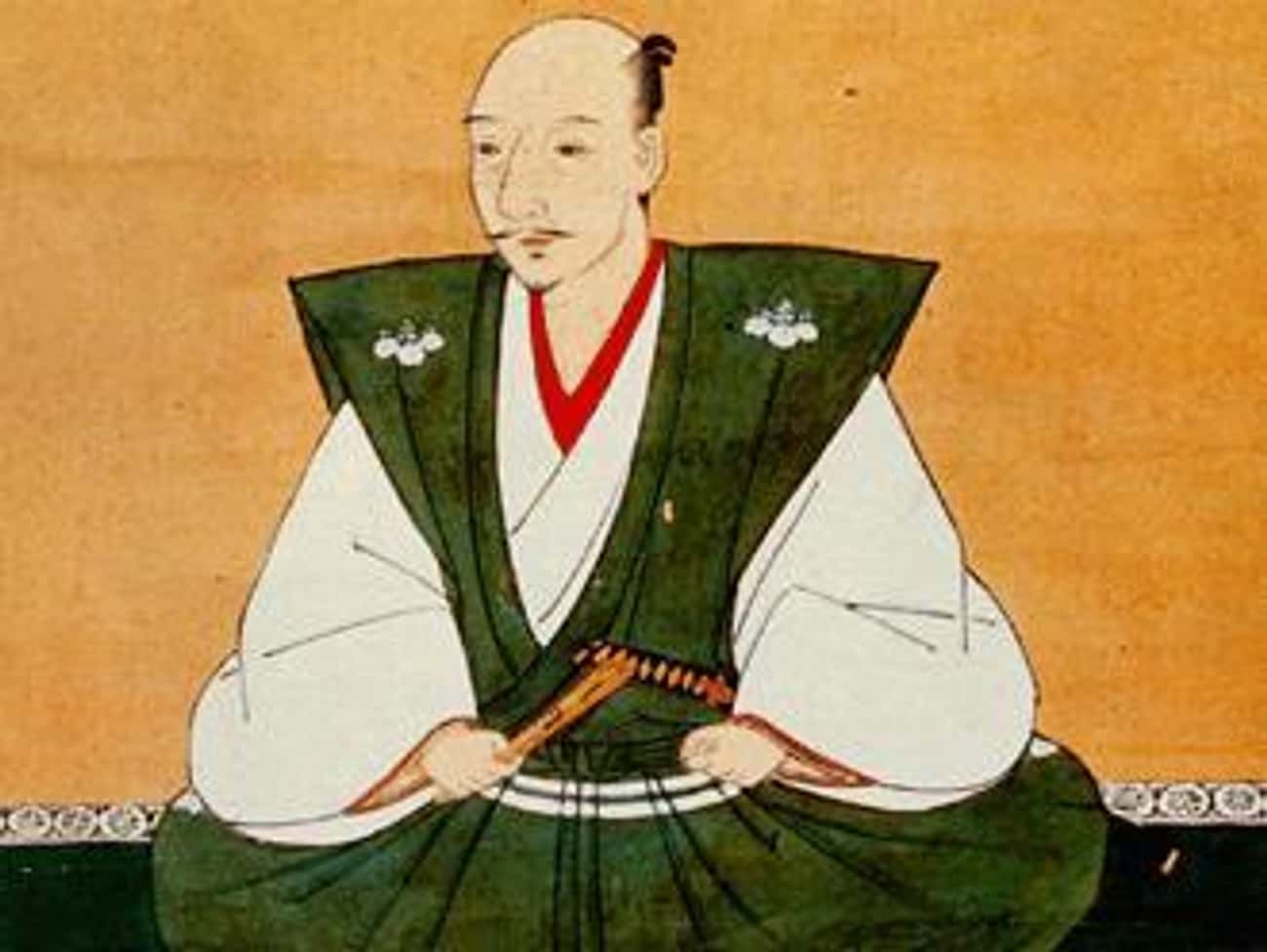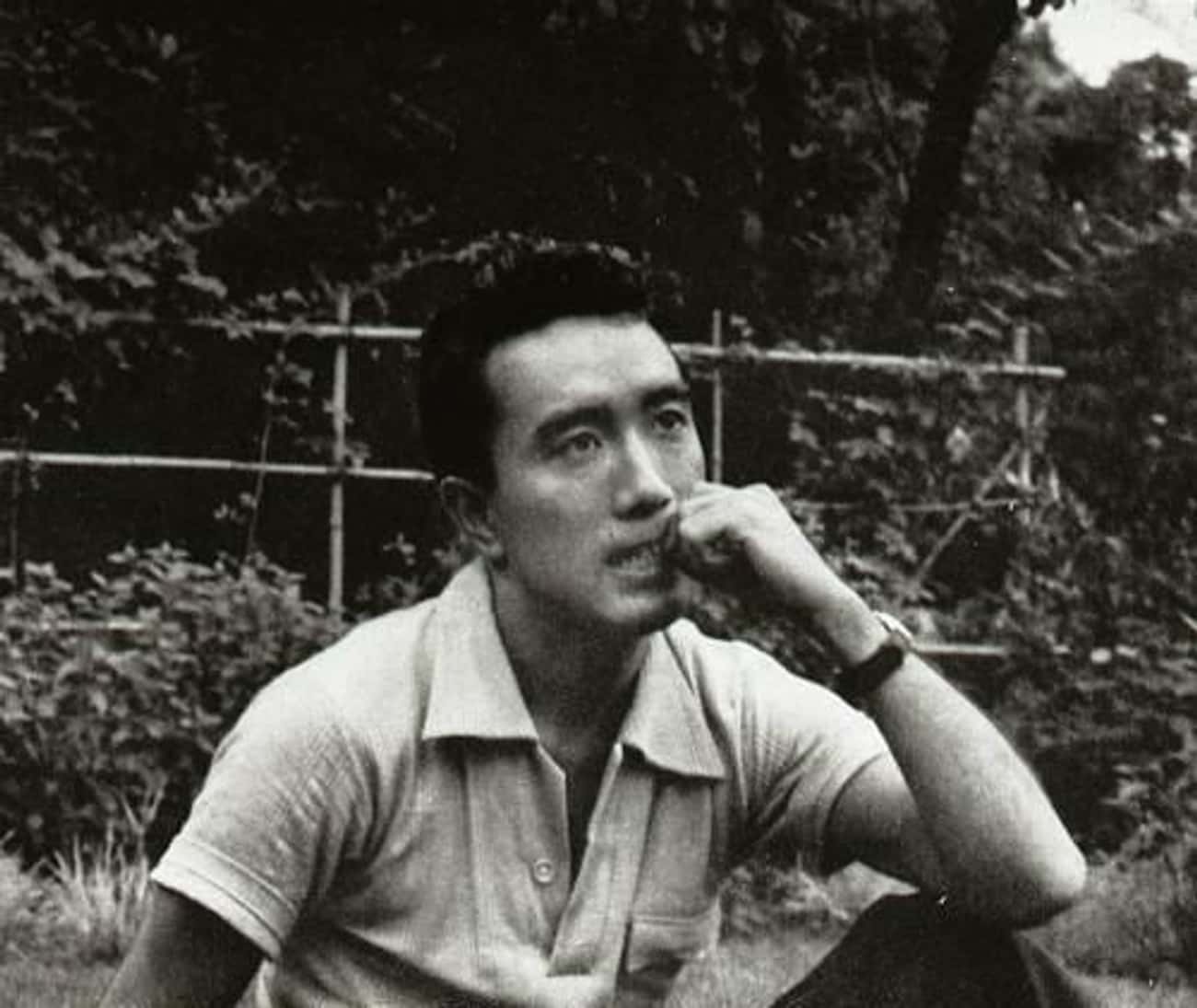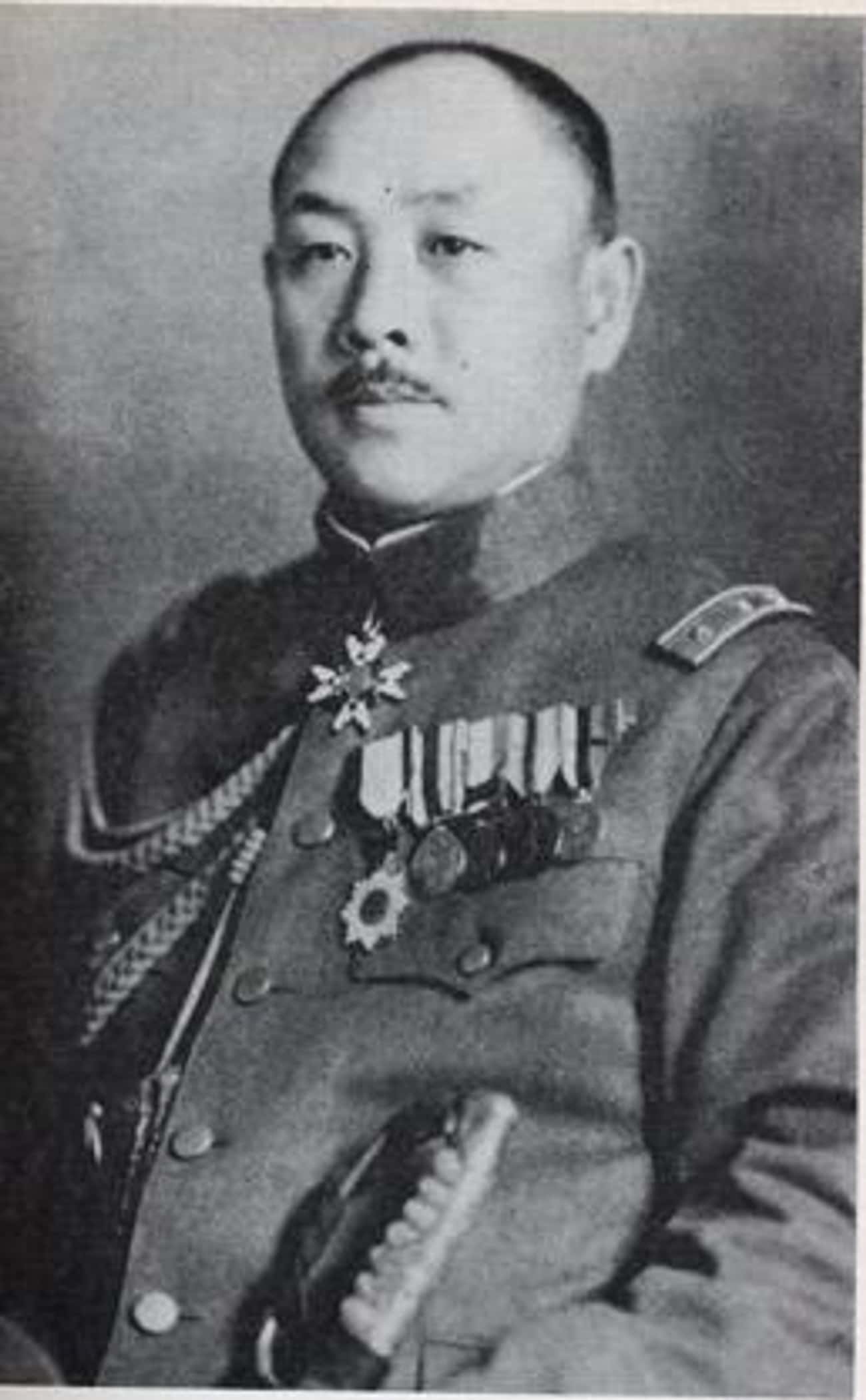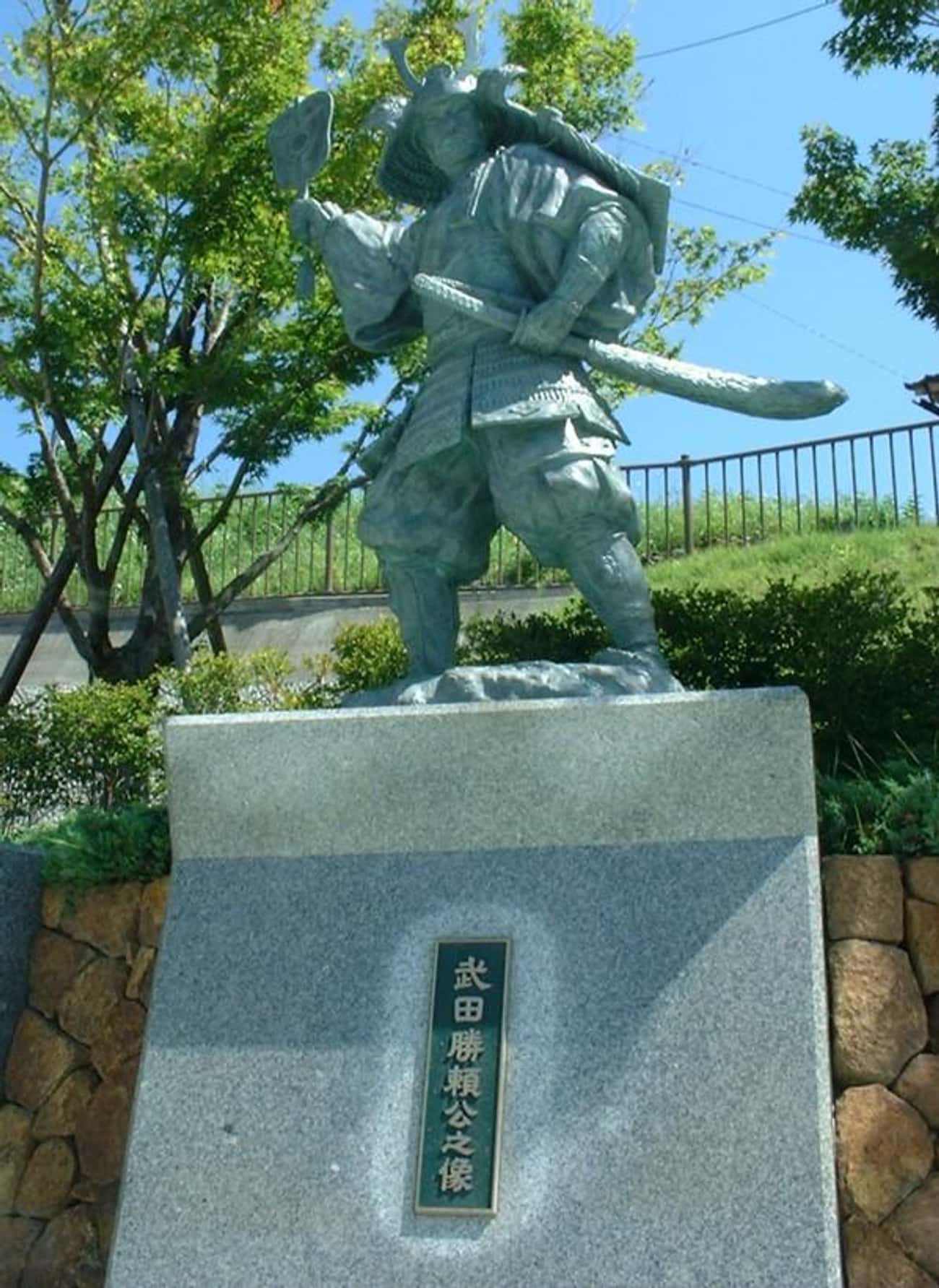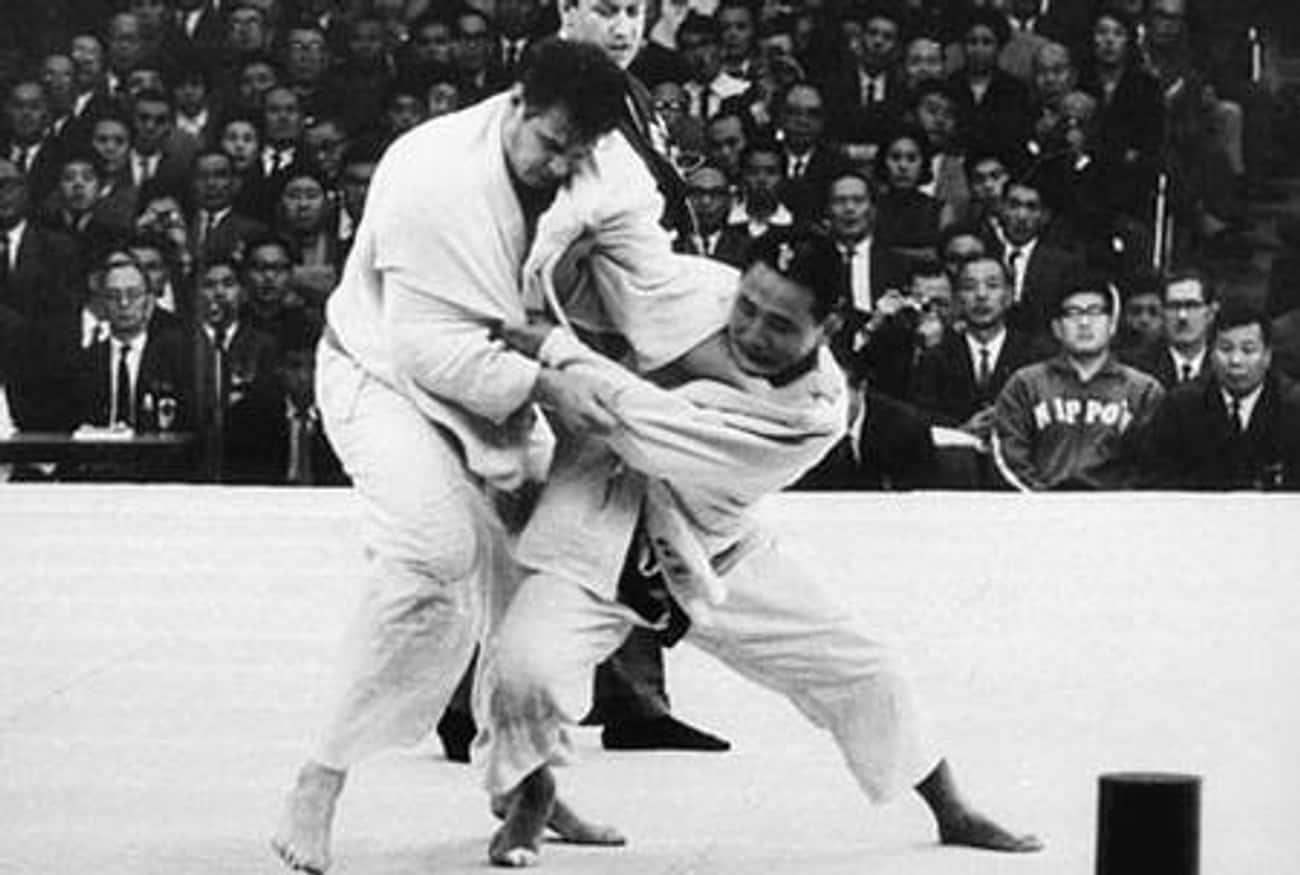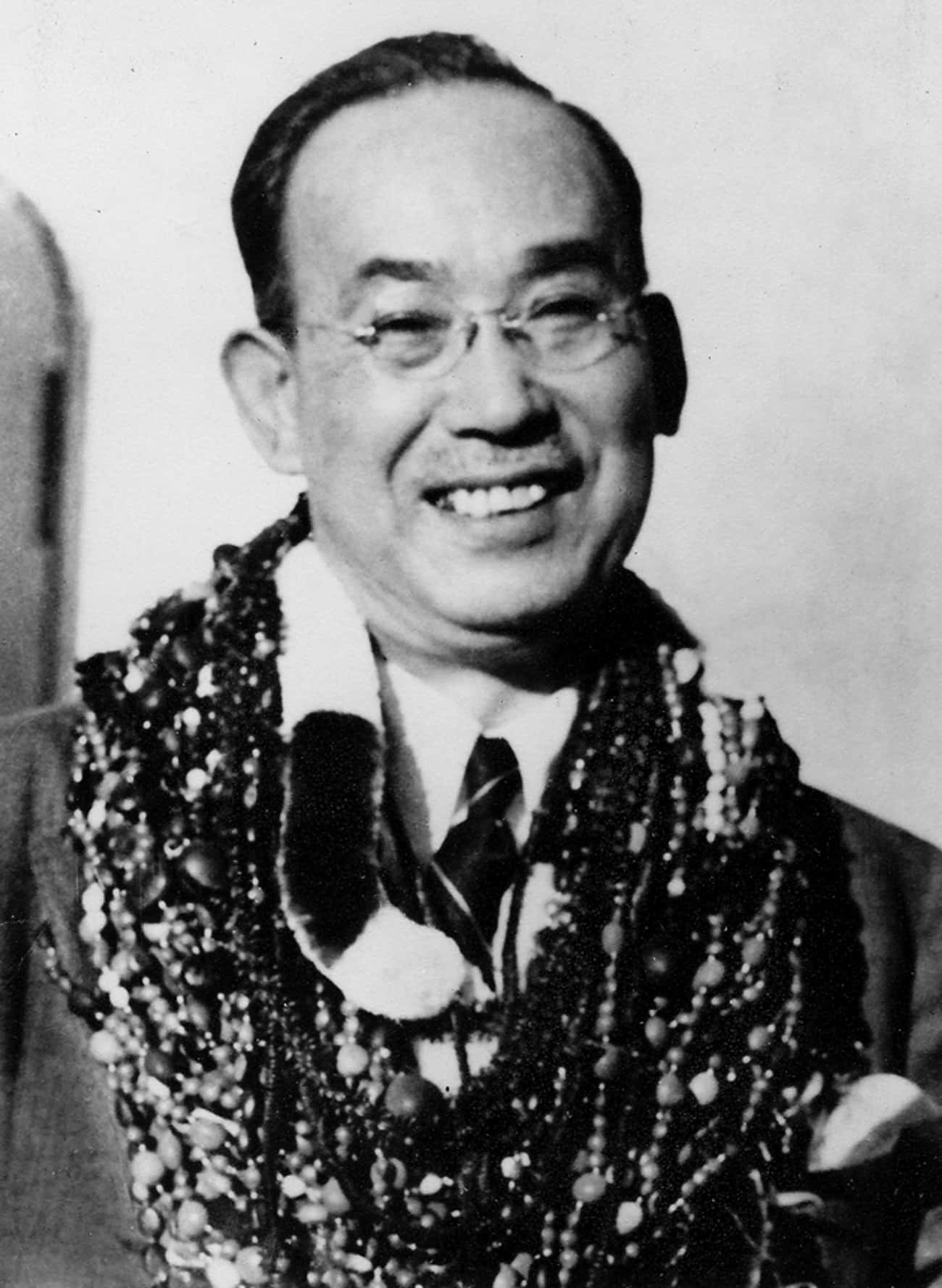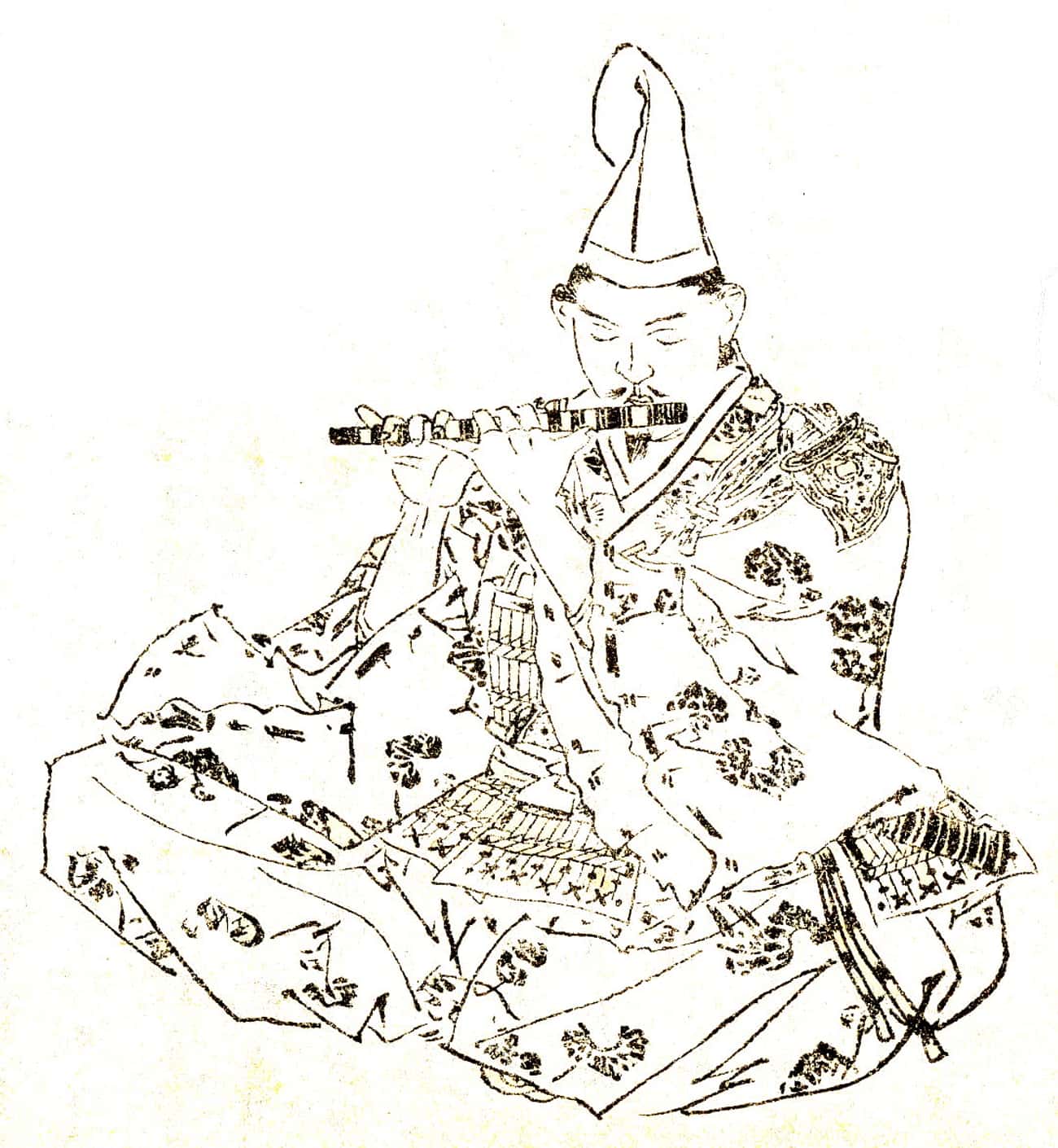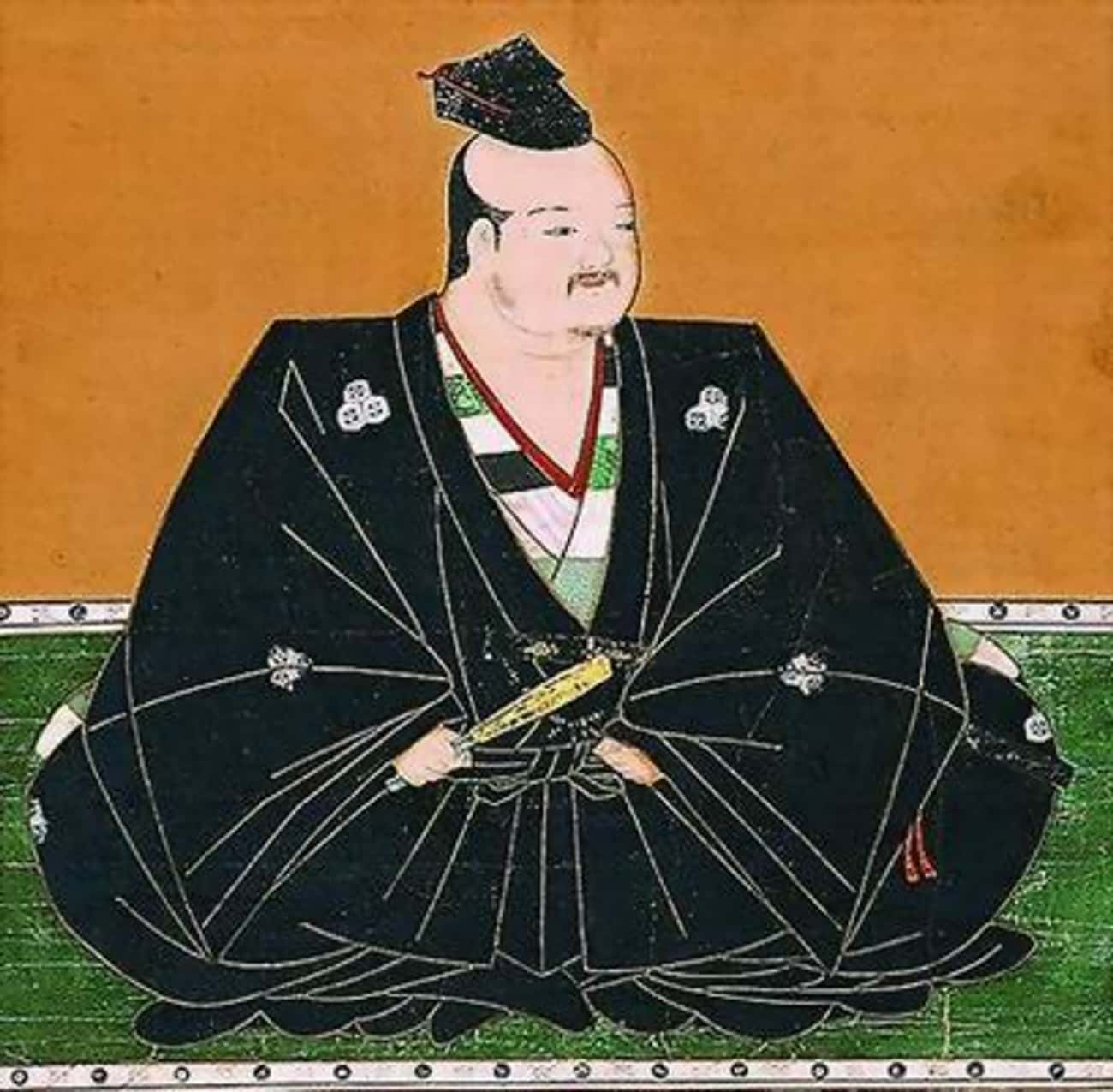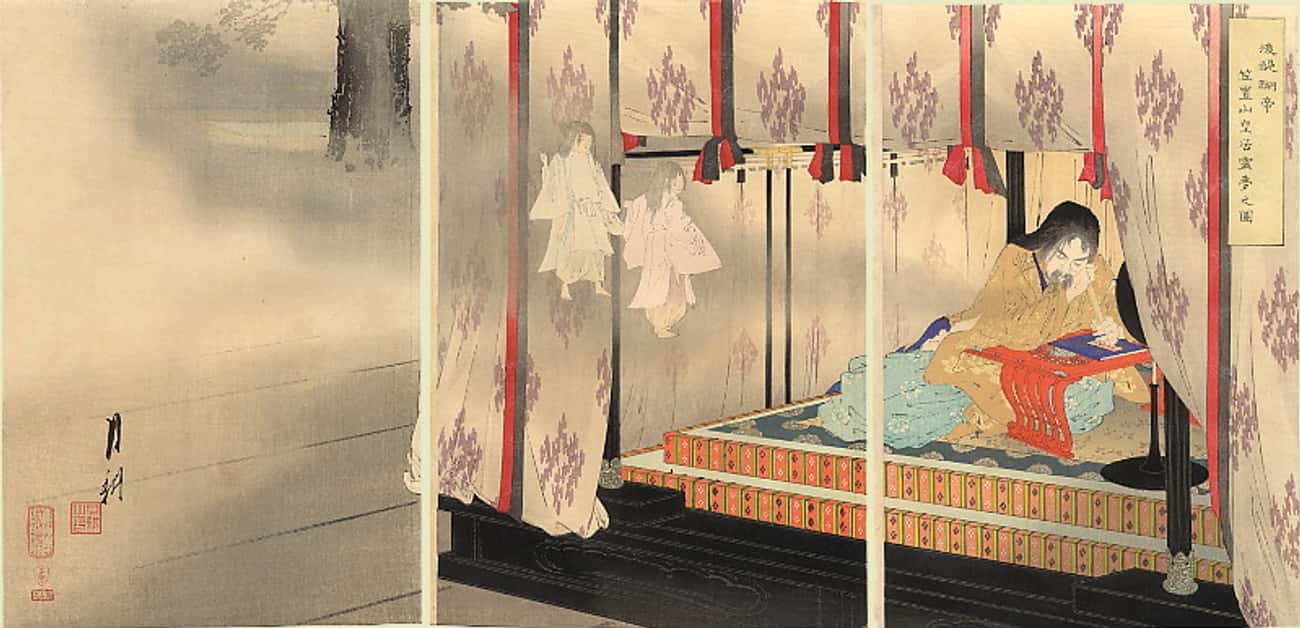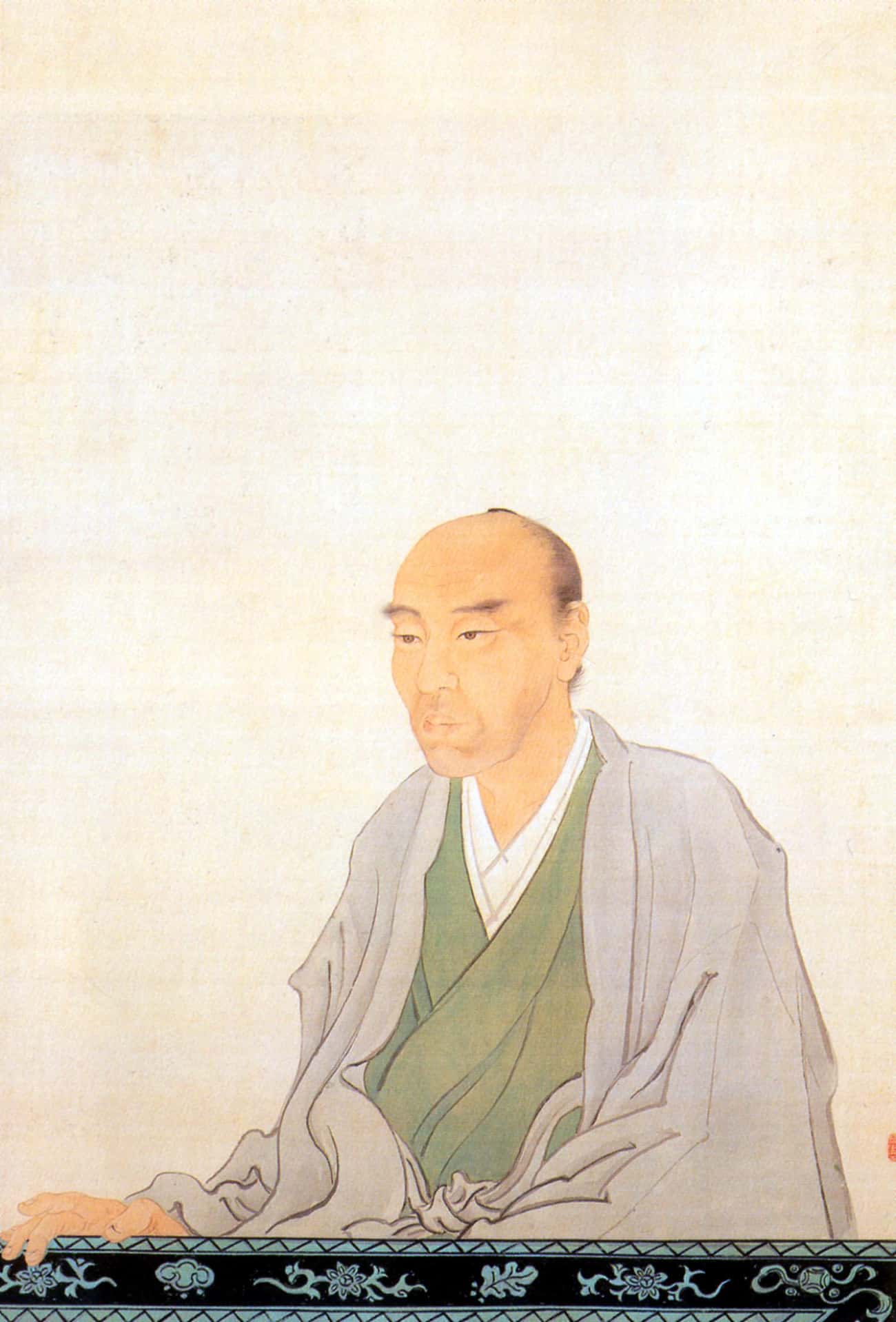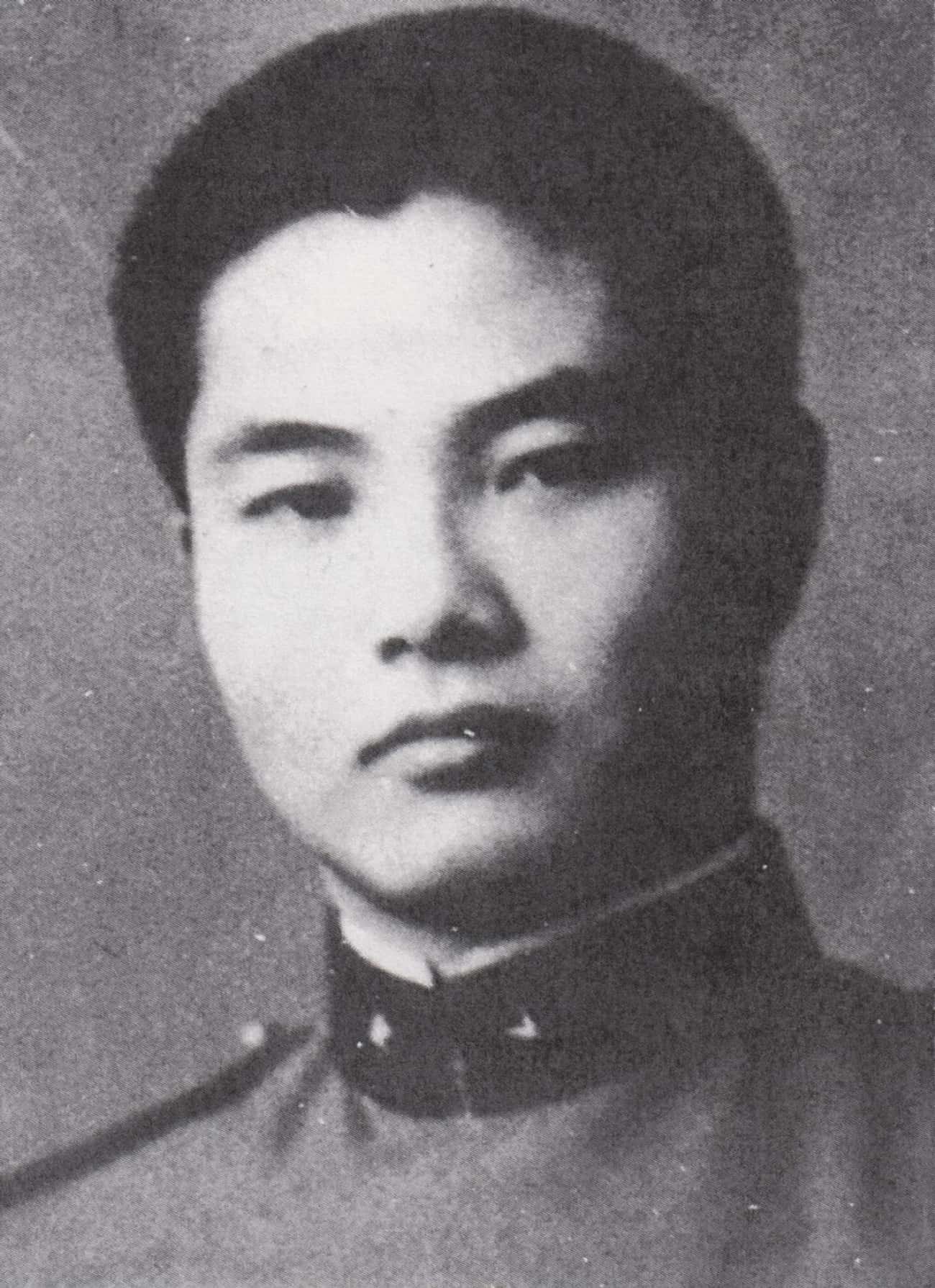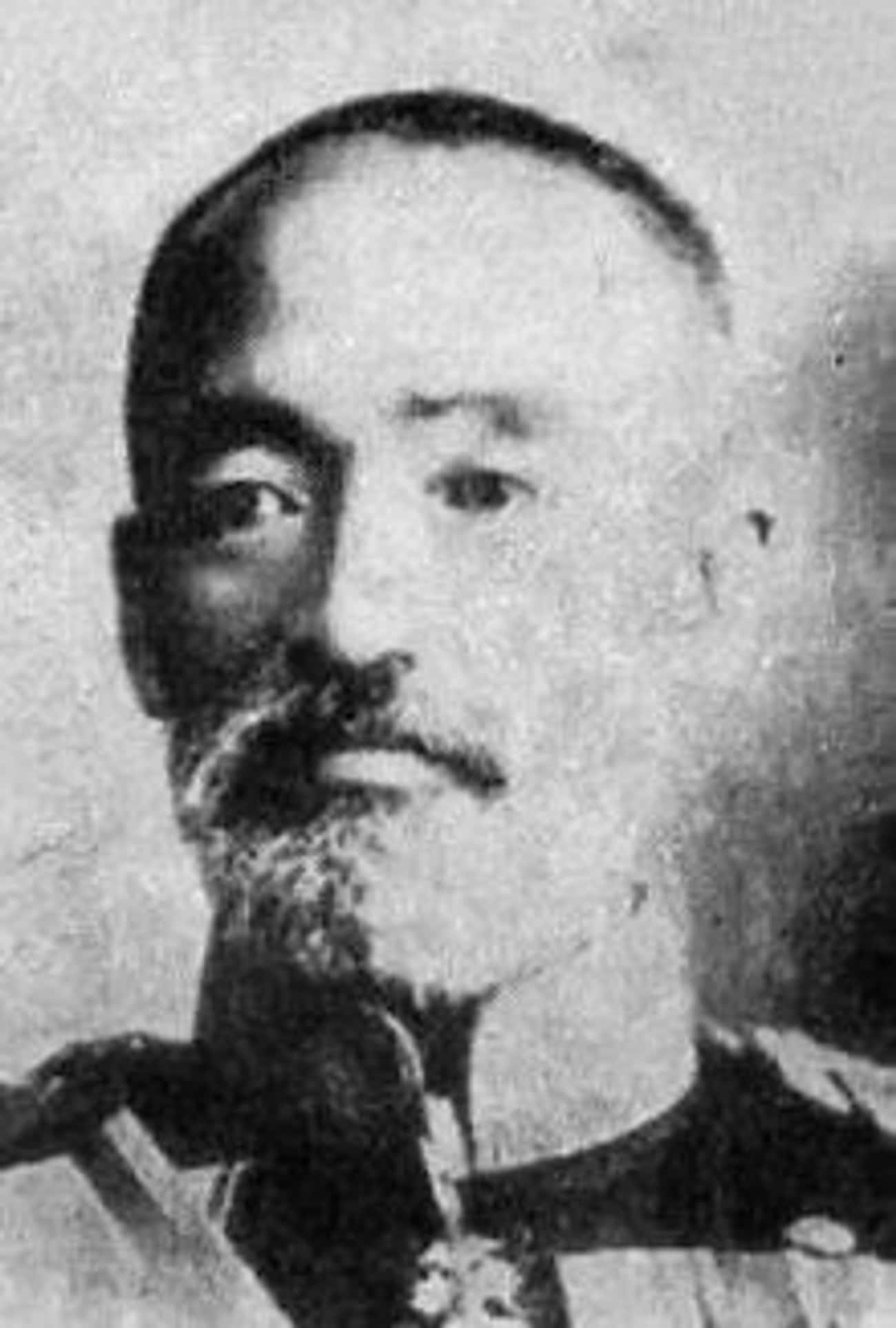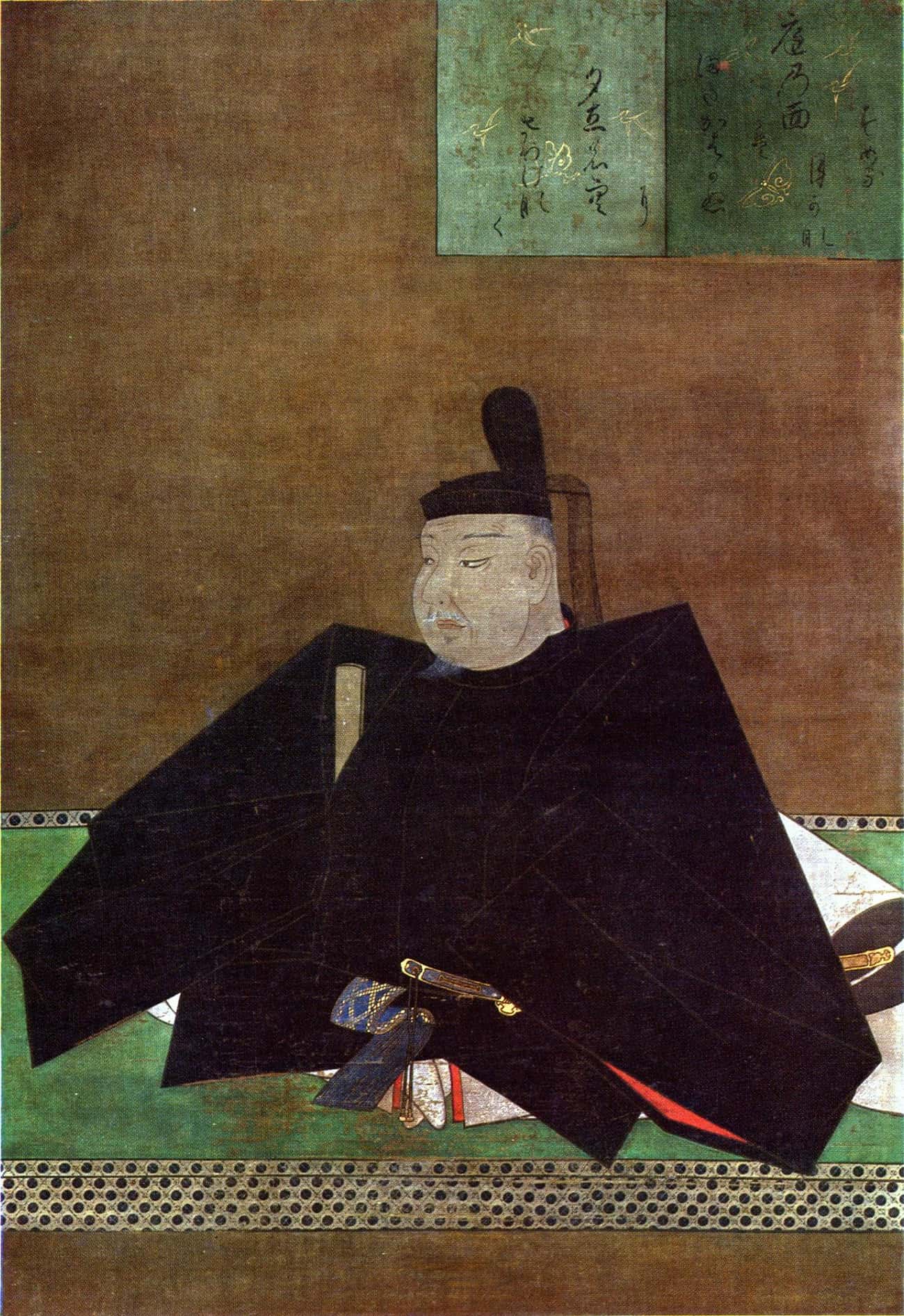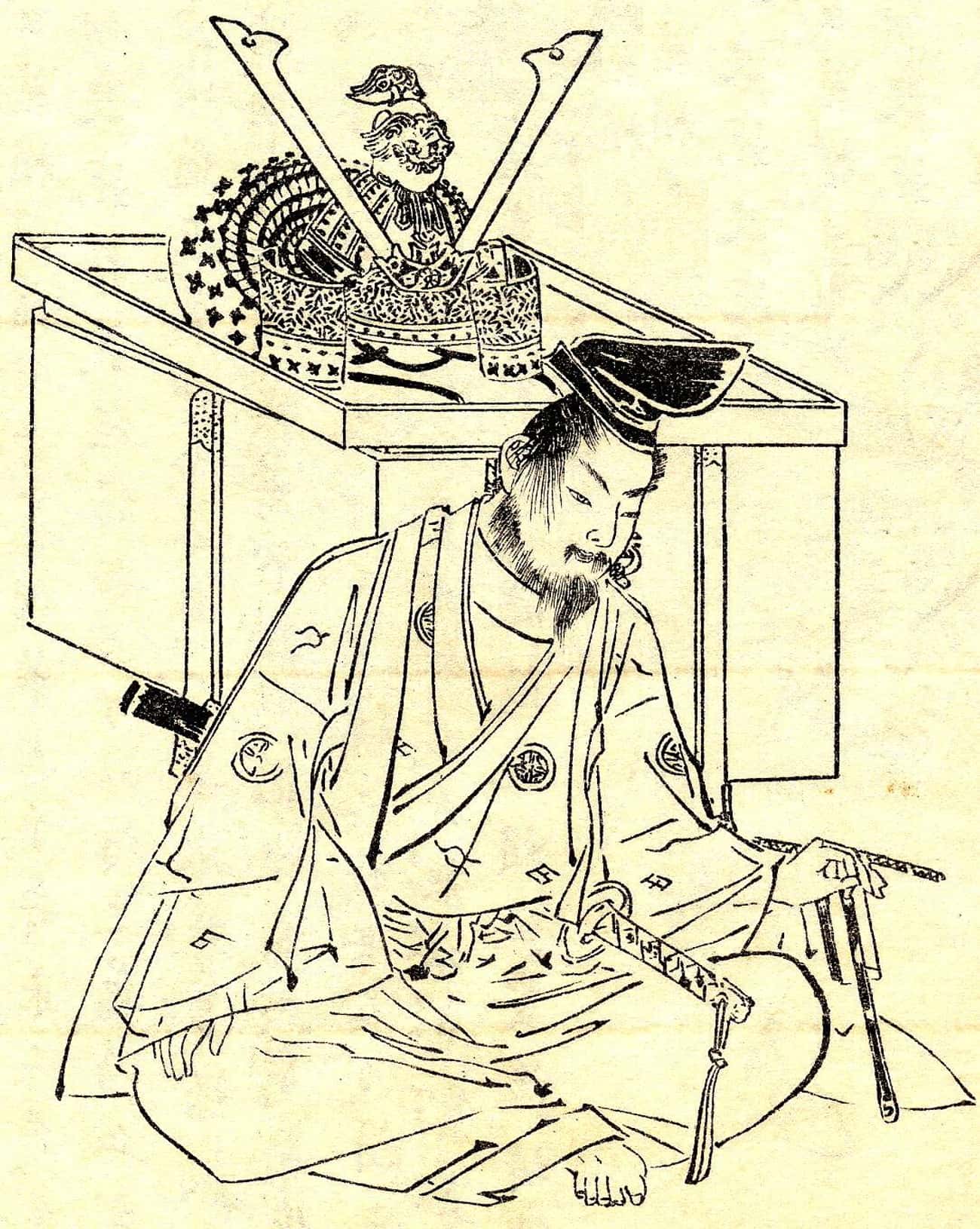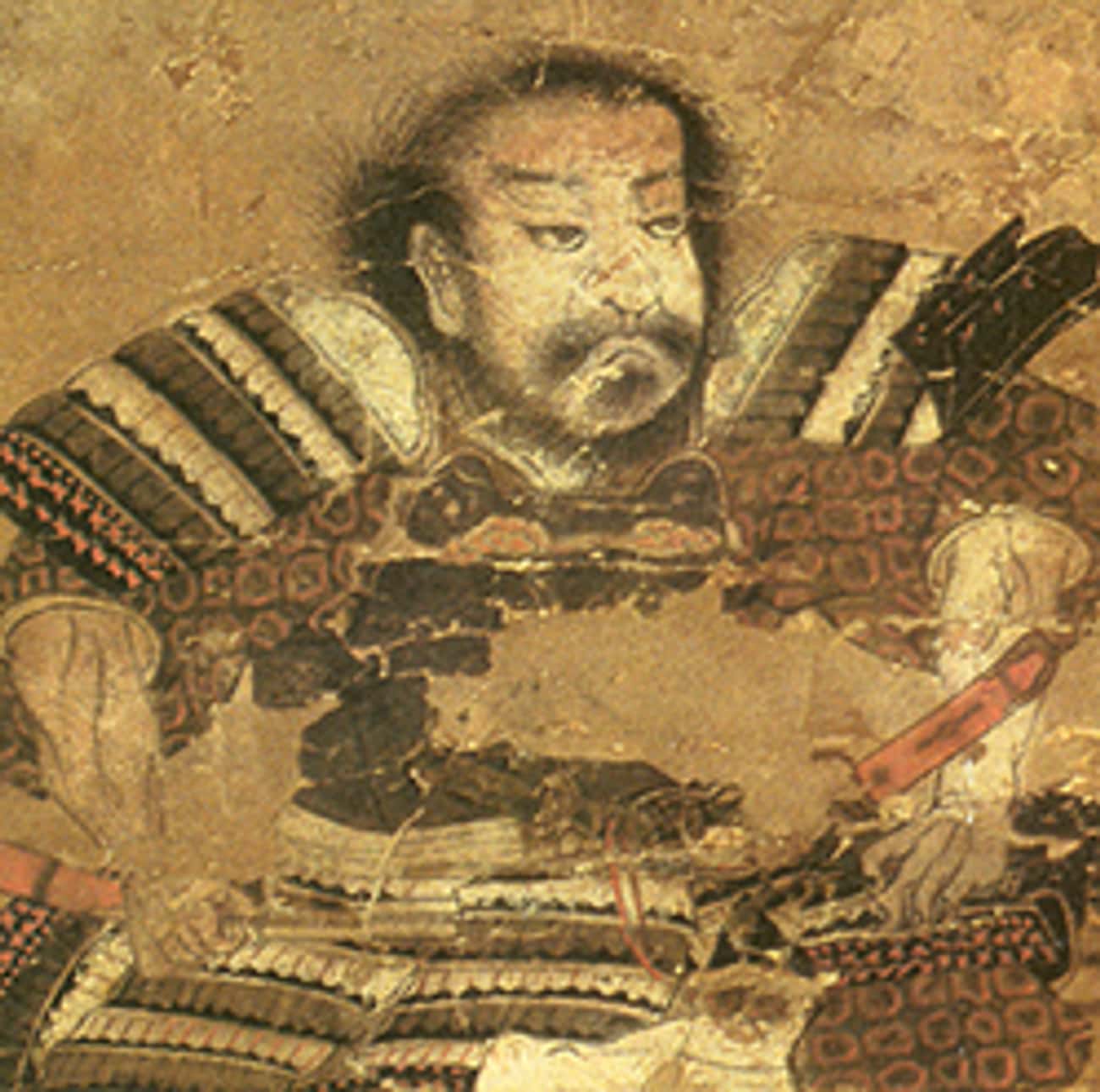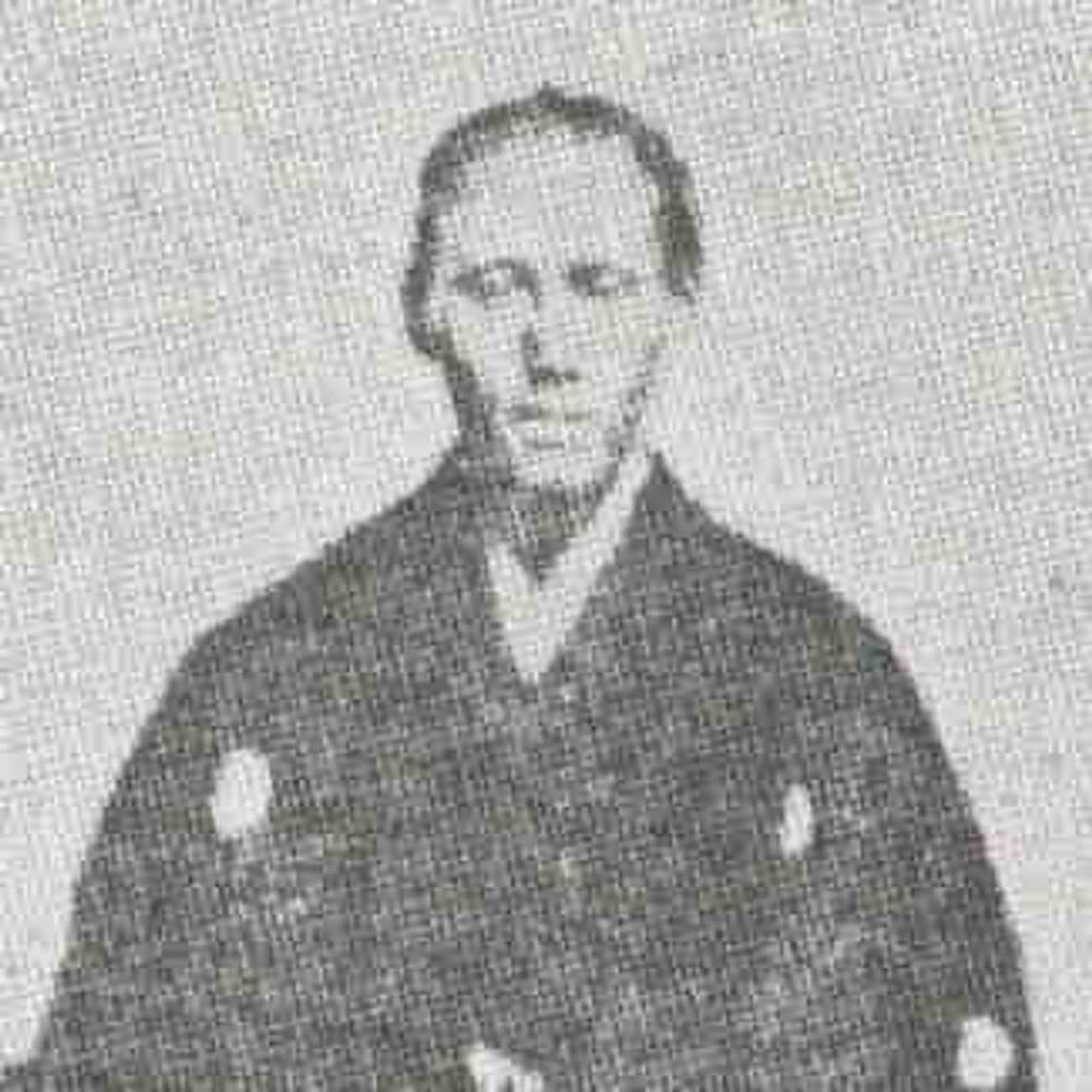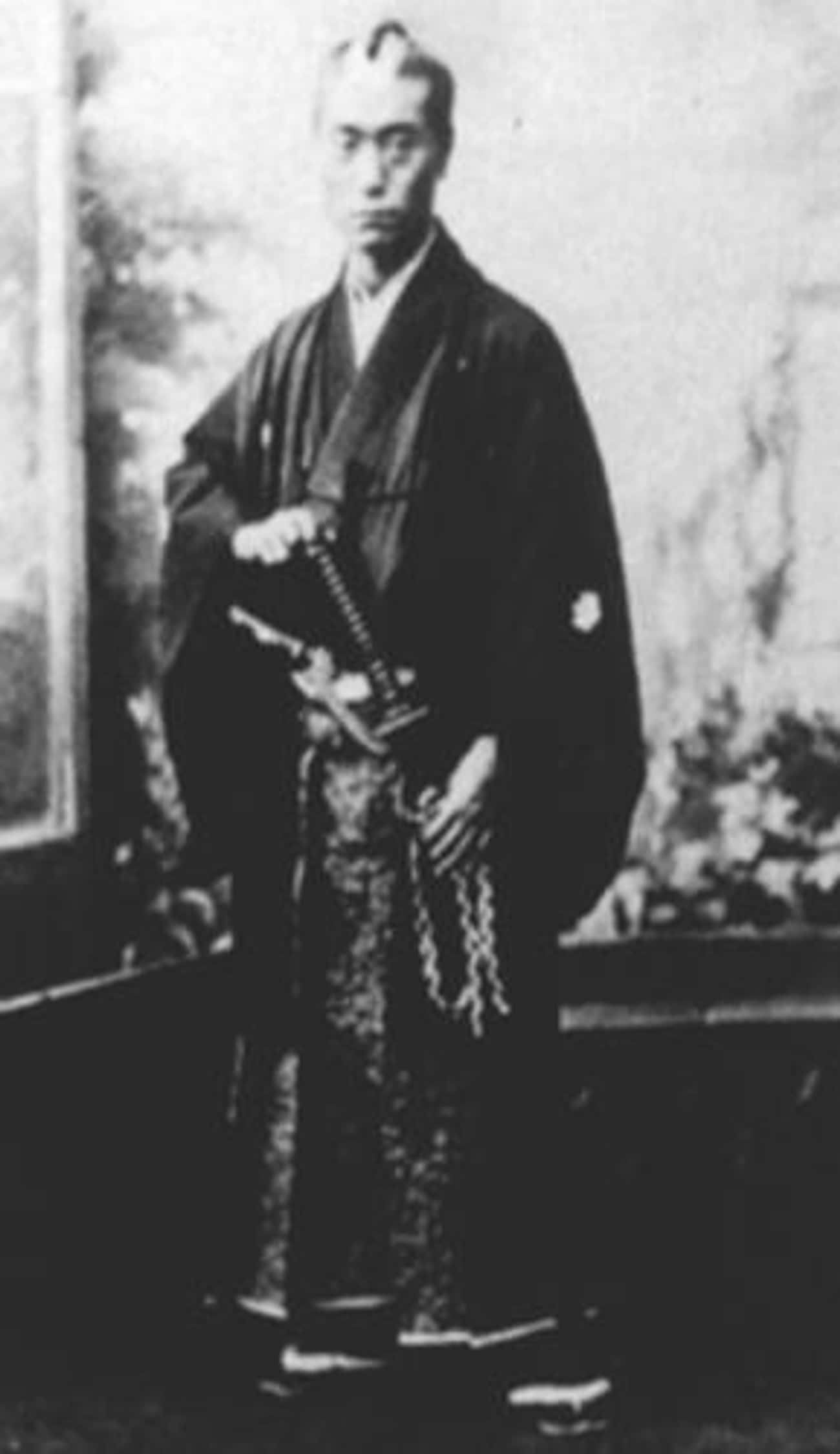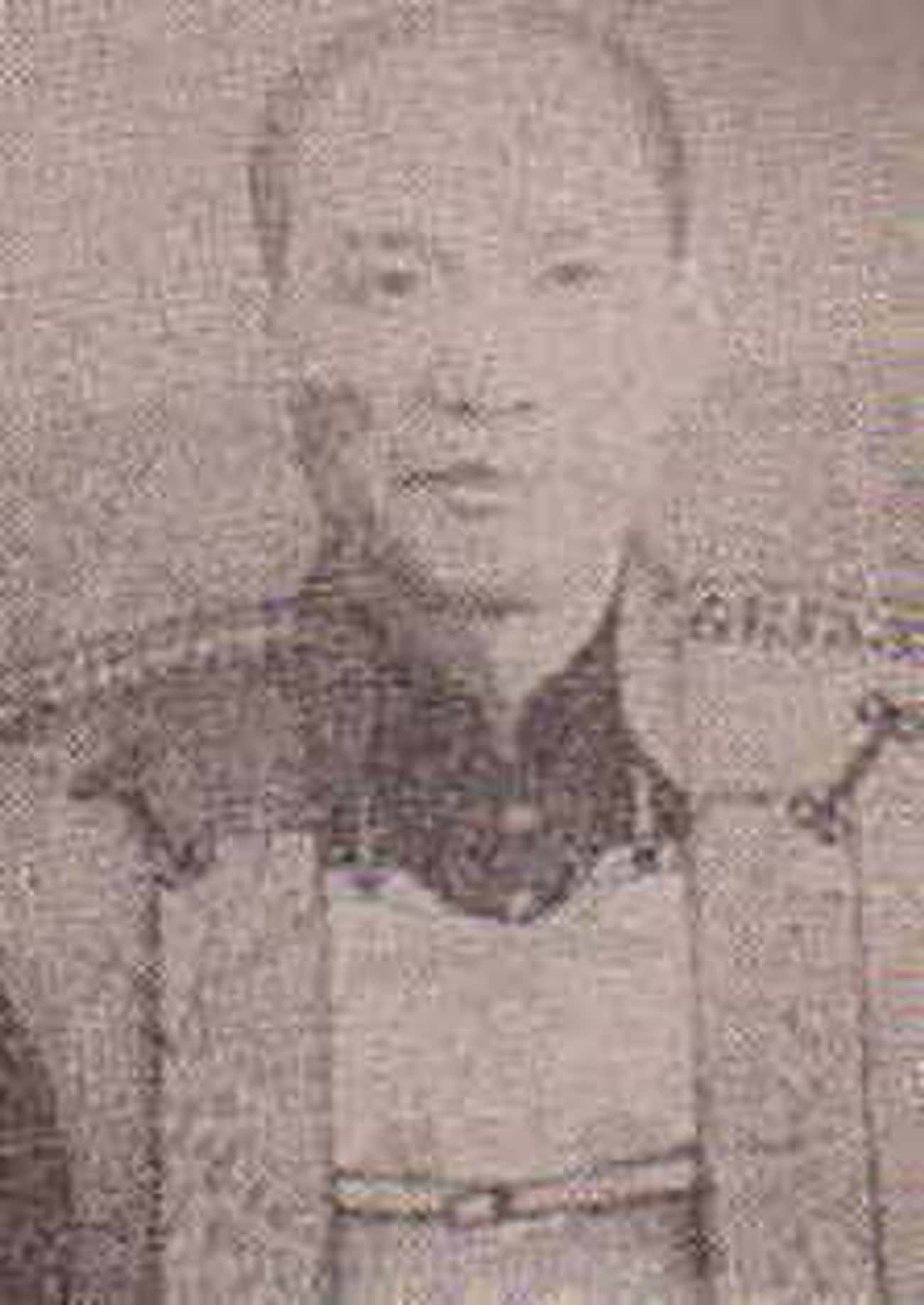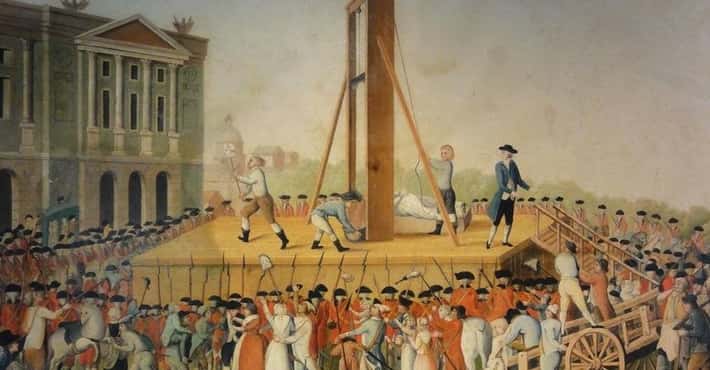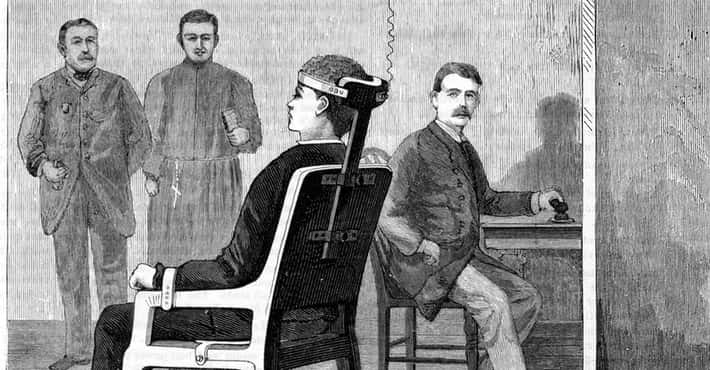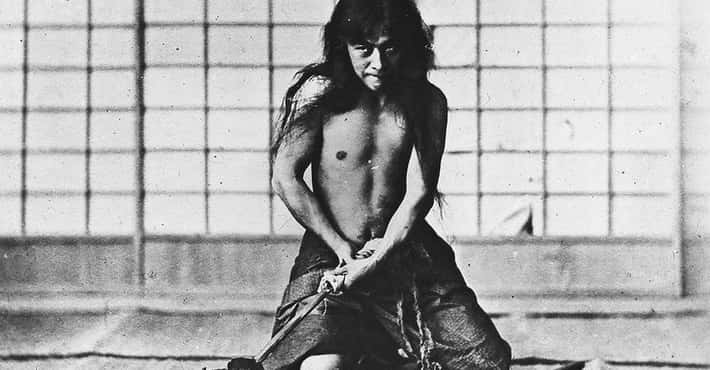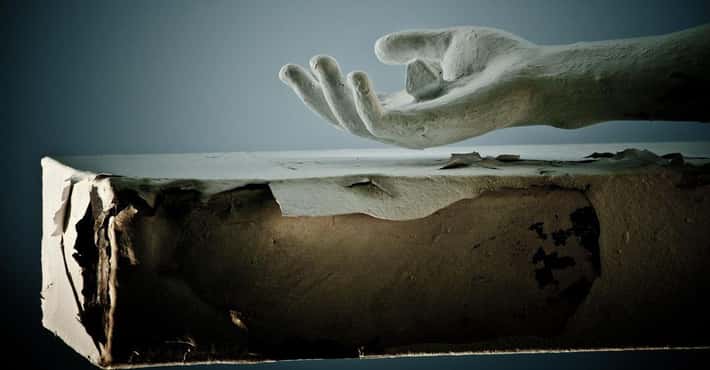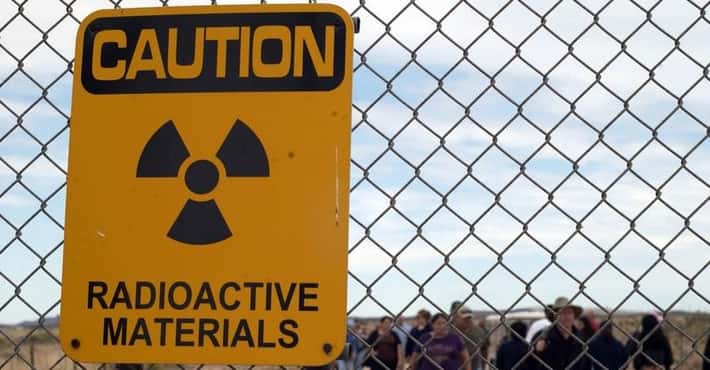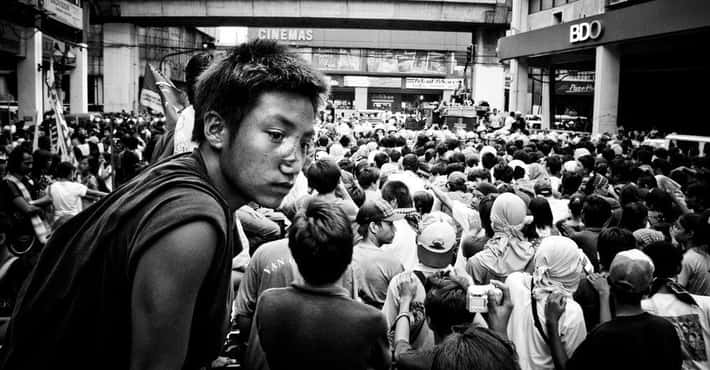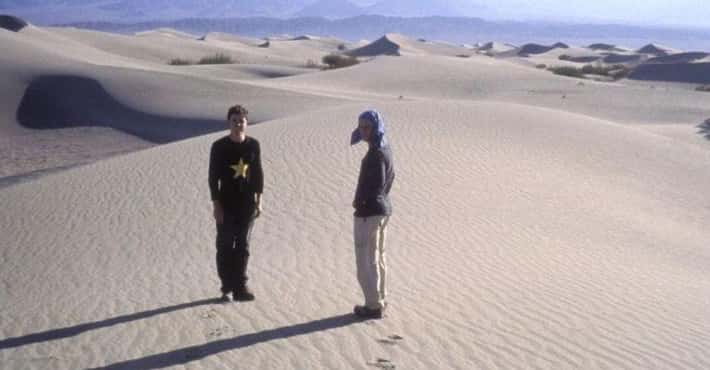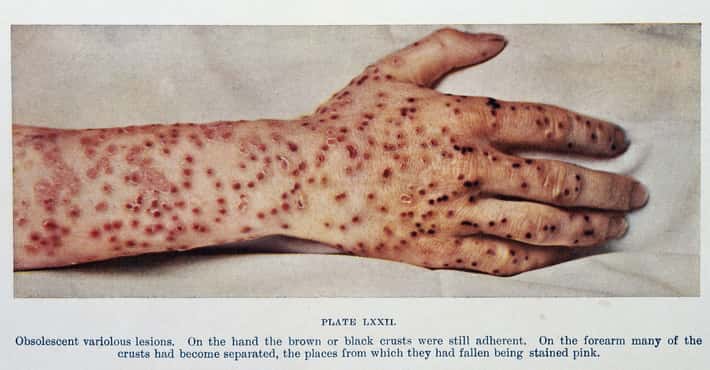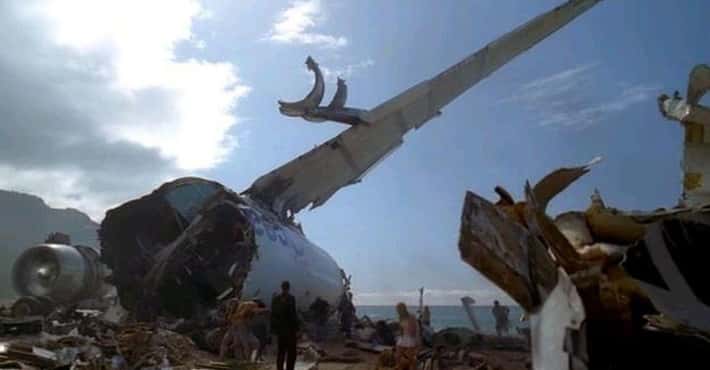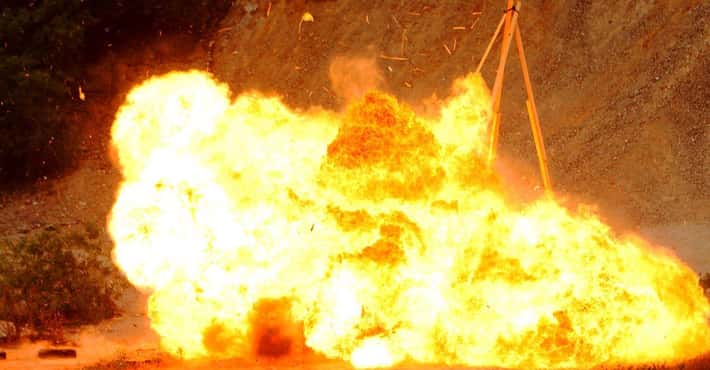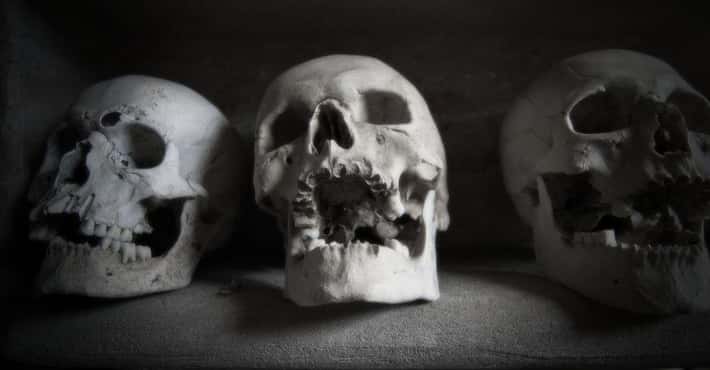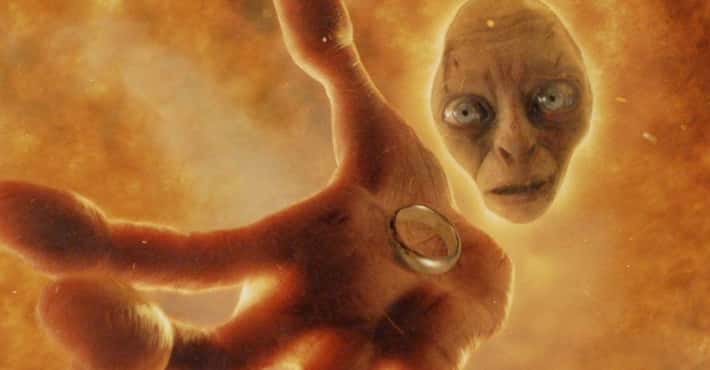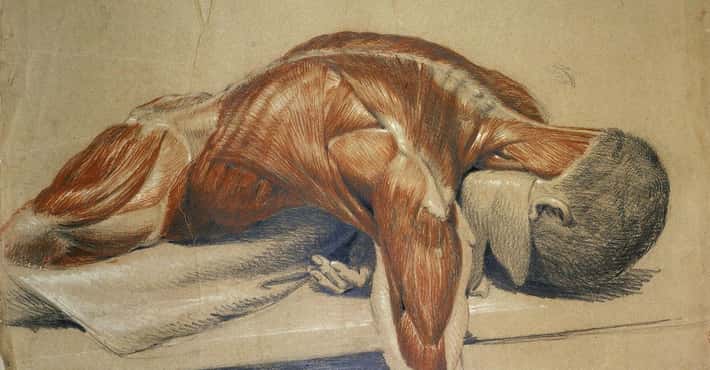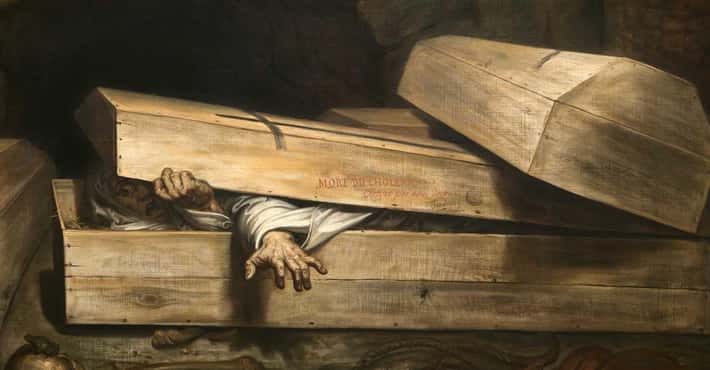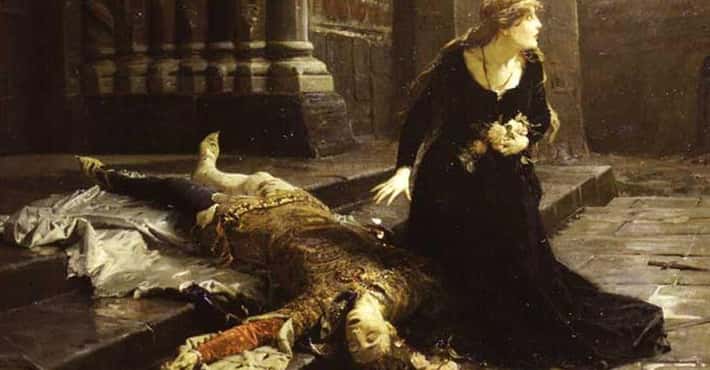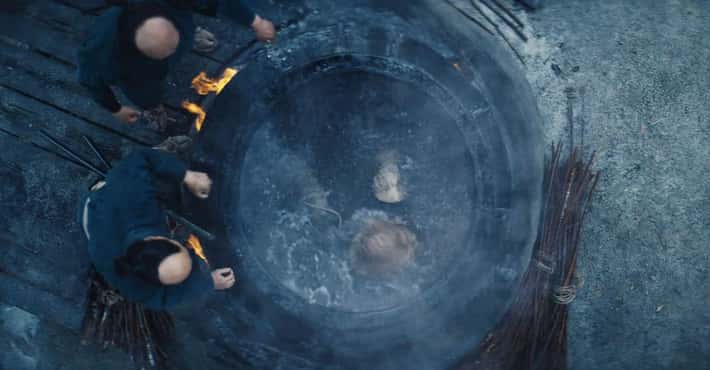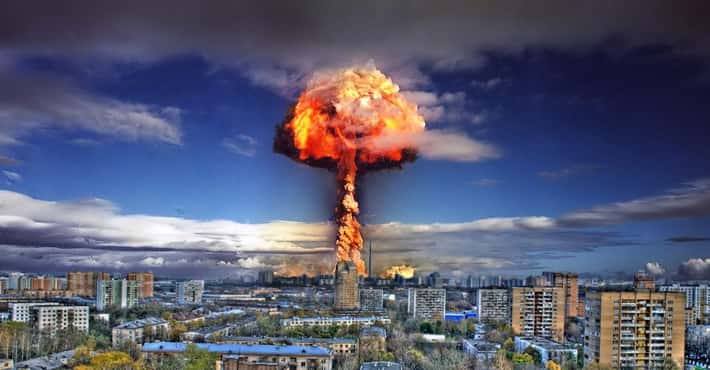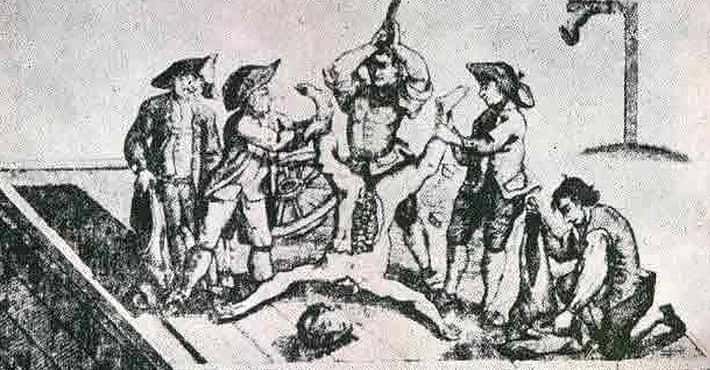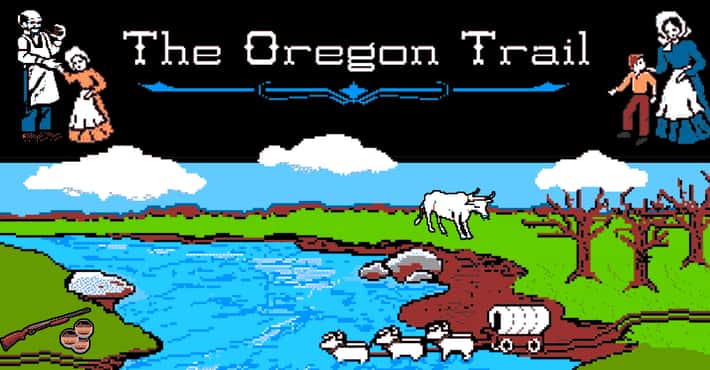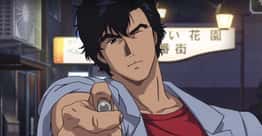Famous People Who Died of Seppuku
- Photo: Metaweb (FB) / Public domainOda Nobunaga Daimyo initiated the unification of Japan in the 16th century, as well as being a major daimyo during the Sengoku period. He is known as being one of the fiercest warriors and one of the greatest rulers who ever lived in Japan. He was forced into committing seppuku, the act of a samurai committing suicide by disembowelment, by his general.More Oda Nobunaga
- #213 of 309 onThe Most Important Leaders In World History
- #3 of 15 onThe Most Bitter Sibling Rivalries In History
- #22 of 22 onHistorical Figures You Would Swipe Right On
- Photo: Metaweb (FB) / Public domainYukio Mishima is considered to be one of the most important authors of the 20th century in Japan, and was nominated for the Nobel Peace Prize three separate times. In 1970, Mishima, along with four members of the Tatenokai, attempted a military coup to restore the power of the emperor. They barricaded themselves inside the office of the commander of the Tokyo headquarters of the Eastern Command of Japan's Self-Defense Forces, where they tied the commander up, and Mishima stood out onto the balcony and delivered a manifesto that he'd written to all of the soldiers below. Hoping to inspire a coup d'etat, Mishima was mocked instead by his audience. After completing his speech, he went back into the commander's office where he committed seppuku. He had carefully planned his death for over a year. His biographer suggests that the coup was merely a pretext to Mishima's suicide.More Yukio Mishima
- Dig Deeper...The Tale of The Japanese Author Who Botched A Coup D'etat And Committed Seppuku
- #212 of 509 onThe Best Writers of All Time
- #114 of 296 onThe Best Novelists of All Time
- Photo: Metaweb (FB) / Public domainKorechika Anami was a general in the Japanese Imperial Army during World War II and the War Minister during the surrender of Japan. In 1945, Anami signed the document of surrender with his cabinet, and the next morning committed suicide by seppuku. He left a suicide note, intended for the Emperor, and his sword and bloodied uniform are on display at the Yushukan Museum in Tokyo.
- Takeda Katsuyori was a daimyo from the Sengoku Period and head of the Takeda clan. During a battle, Katsuyori won over the fortress of Takatenjin in 1574, but later lost it along with large parts of his army, which caused many clans to withdraw their supports for him. In 1582, he and his family all committed ritual suicide by seppuku.
- Photo: flickr / CC0Isao Inokuma was a judo competitor, Olympic coach and CEO of Tokai Kenetsu company. He died in 2001 of seppuku, mostly like because of the heavy financial losses his company had experienced.
- Photo: flickr / CC0
Chujiro Hayashi
Chujiro Hayashi was a naval physician who helped spread the teachings of Reiki, an alternative form of medicine, and for turning it into a less mystical practice. He committed Seppuku in 1940 because of the threat of the oncoming World War II. - Photo: Wikimedia Commons / CC-BYNitta Yoshisada was a samurai and supporter of the Souther Court of Emperor Go-Daigo who captured Kamakura in 1333. Yoshiada fought in several battles against his brother, where he was ultimately defeated. His horse was killed by several arrows and trapped Yoshiada underneath after falling over. Unable to escape, Yoshiada took his own life by beheading himself. Several of his men then committed seppuku in solidarity to him.
- Photo: Wikimedia Commons / CC-BYAsai Nagamasa was a daimyo during the Sengoku Period and was a part of the Asai clan. In 1573 they were under attack from another clan, and knowing that it would be hopeless for him to win the battle, Nagamasa committed seppuku.
- Photo: Metaweb / CC-BY
Prince Takanaga
Prince Takanaga was the second son of Emperor Go-Daigo of Japan. He also fought in the Nanboku Cho Wars for his father. Appointed Commander in Chief of the Defense of the East, he fought alongside Nitta Yoshiada in attempt to take down the Northern Court leaders. Their castle, Kanagasaki, was under siege in 1337 for four months until their food supply ran so short that they almost turned to cannibalism. They surrendered, and Takanaga committed seppuku before the castle fell. - Photo: Metaweb (FB) / Public domain
Watanabe Kazan
Watanabe Kazan was a Japanese painter during the 19th century and a member of the samurai class. An enthusiast of Western culture, Kazan wrote two essays, which were interpreted as being critical of the Shogunate and promoting Western ideas. He was tried and exiled for his essays, as well as forbidden to sell his art anymore. However, due to financial hardships, Kazan continued to sell them in secret until the government caught him and placed him under house arrest. He committed seppuku to amend the shame he had caused to the the lord that he and his family served. - Photo: flickr / CC0
Masakatsu Morita
Masakatsu Morita was a political activist who was involved in the barricading of the commander's office of the Japan Self Defense Forces in 1970 with Japanese acclaimed author Yukio Mishima. After Mishima gave his speech to the troops there and being mocked rather than feeling inspired to do a coup d'etat, Mishima and Morita both went back into the commander's office and committed seppuku. - Photo: Metaweb (FB) / Public domain
Nogi Maresuke
Nogi Maresuke was a general in the Imperial Japanese Army and a governor of Taiwan. Known for his loyalty and selflessness to his army and his country, Maresuke and his wife both committed seppuku on the day of the funeral for Emperor Meiji in 1912. - Photo: Metaweb (FB) / Public domainMinamoto no Yorimasa was a Japanese poet and warrior, leading the Minamoto armies into the beginning of the Genpei War in the 10th century. His forces lost a battle in 1180 at Uji, which caused him to commit the ritual seppuku.
- Photo: Metaweb (FB) / Public domain
Minamoto no Yoshitsune
Minamoto no Yoshitsune was a general in the Minamoto clan of Japan and is considered to be one of the greatest warriors in Japanese history. In 1185, he was defeated during the Battle of Koromo River, forcing him to commit seppuku with his wife and daughter. - Photo: Metaweb (FB) / Public domain
Shibata Katsuie
Shibata Katsuie was a military commander during the Sengoku Period who was defeated during the battle of Shizugatake, in which his army was destroyed. Katsuie was forced to set fire to his castle and commit seppuku in 1583. - Photo: Wikimedia Commons / CC-BY
Tanaka Shinbei
Tanaka Shinbei was a samurai and a part of the group hitokiri, who sought to overthrow the Tokugawa Shogunate and restore Imperalism in Japan. In 1863, Shinbei's sword was found at the scene of the assassination of a senior official and was taken in for questioning. Shinbei asked to see the sword, and when it was given to him, he committed seppuku. - Photo: Wikimedia Commons / CC-BY
Yamanami Keisuke
Yamanami Keisuke was a samurai and General Secretary to the Shinsengumi, a special police force in Kyoto during the late Edo period. He tried to escape the Shinsengumi, but there were regulations against deserters, so he committed seppuku in 1865. - Photo: Wikimedia Commons / CC-BY
Tanaka Tosa
Tanaka Tosa was a samurai during the Edo Period in which he led the protection of the Aizu castle when the Imperial Japanese Army attacked in 1868. Unsuccessful, he committed seppuku.


